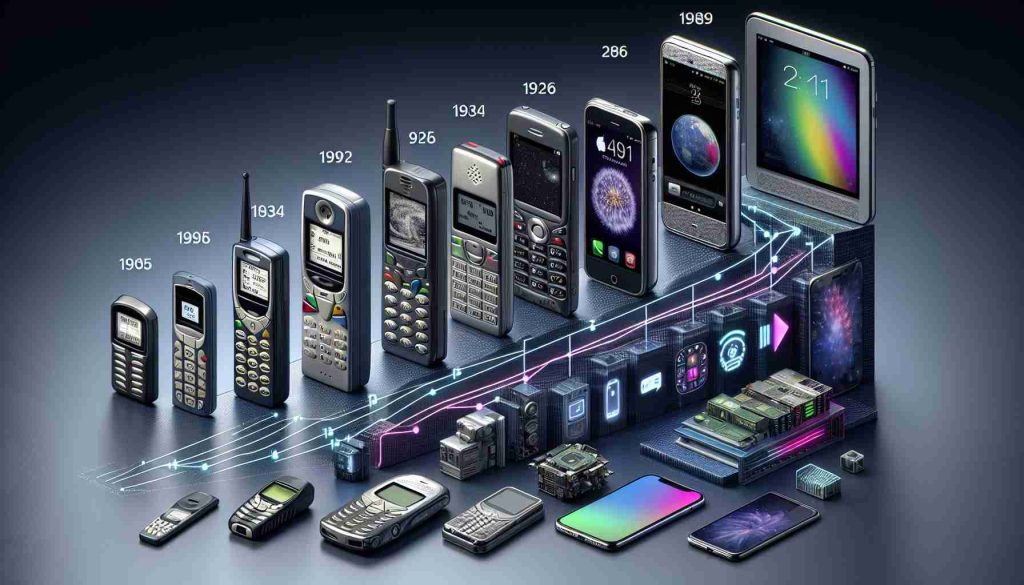Innovating Mobile Banking Services
Commercial banks are forging ahead in the realm of mobile banking, leveraging technological advancements to cater to the growing trend of digitalization. Institutions like Industrial and Commercial Bank of China and Bank of China are strategically enhancing their mobile banking platforms to better serve their clientele, with a focus on optimizing core functions such as registration, login, transfers, and real-time notifications. These efforts are geared towards providing customers with a seamless and interactive banking experience, particularly with the integration of innovative features like digital avatars and virtual reality interactions.
Accelerated Evolution and Iteration
As the landscape of mobile banking evolves, major banks are ramping up their efforts to integrate technology and retail services on mobile platforms. Noteworthy achievements include the surge in mobile banking transaction volumes, exemplified by Agricultural Bank of China’s record peak daily transaction volume of 1.384 billion transactions in the first half of the year. Moreover, the emphasis on continuous improvement is evident with the introduction of new iterations of mobile banking applications, aimed at simplifying operations, consolidating features, and prioritizing user convenience through enhanced user interfaces.
Envisioning the Future of Mobile Banking
Looking ahead, mobile banking is poised to target specific customer segments such as provident fund clients and payroll beneficiaries with tailored product offerings. The sector is also set to create comprehensive wealth management ecosystems by collaborating with both in-house and external financial institutions to provide customers with a diverse range of products and services. Furthermore, the focus on optimizing payment policies and enhancing the ease of mobile banking for expatriates demonstrates a commitment towards fostering a more inclusive and user-friendly digital banking environment.
Unveiling Cutting-Edge Innovations in Mobile Banking
Amidst the rapid evolution of mobile banking services, the industry is witnessing a wave of technological advancements that are revolutionizing the user experience and driving digital innovation. While the focus has predominantly been on improving core functions and incorporating interactive features, there are several unexplored facets that are shaping the future landscape of mobile banking.
Key Questions and Insights:
1. How are banks leveraging Artificial Intelligence (AI) and Machine Learning (ML) to personalize user experiences and enhance security measures in mobile banking applications?
– Banks are increasingly harnessing AI and ML algorithms to analyze user behavior patterns, detect fraudulent activities, and provide tailored recommendations to customers, thereby enhancing the overall security and usability of mobile banking platforms.
2. What role do decentralized finance (DeFi) and blockchain technology play in revolutionizing the traditional banking model through mobile applications?
– DeFi platforms built on blockchain networks are enabling peer-to-peer transactions, automated smart contracts, and decentralized lending, offering users greater financial autonomy and transparency compared to centralized banking systems.
Challenges and Controversies:
One of the primary challenges facing mobile banking is the persistent threat of cybersecurity breaches and data privacy concerns. As transactions increasingly shift to digital platforms, banks are tasked with fortifying their security measures to safeguard sensitive customer information from cyber threats and data breaches.
Additionally, the ongoing debate surrounding the regulatory framework for mobile banking apps, especially in regions with stringent financial regulations, raises questions about compliance, consumer protection, and the interoperability of different banking systems.
Advantages and Disadvantages:
Advantages:
– Enhanced accessibility: Mobile banking provides customers with round-the-clock access to their accounts, enabling them to perform transactions and manage their finances conveniently from anywhere.
– Customized user experience: The integration of advanced technologies like biometric authentication and voice recognition enhances security while offering a personalized banking experience tailored to individual preferences.
Disadvantages:
– Connectivity issues: Poor network coverage or unstable internet connections can disrupt mobile banking services, impacting the user experience and potentially causing transaction delays.
– Limited face-to-face interactions: For users who prefer in-person banking consultations, the shift towards mobile banking may result in reduced opportunities for direct engagement with bank representatives.
Suggested Related Links:
– Federal Reserve
– Bank of America























